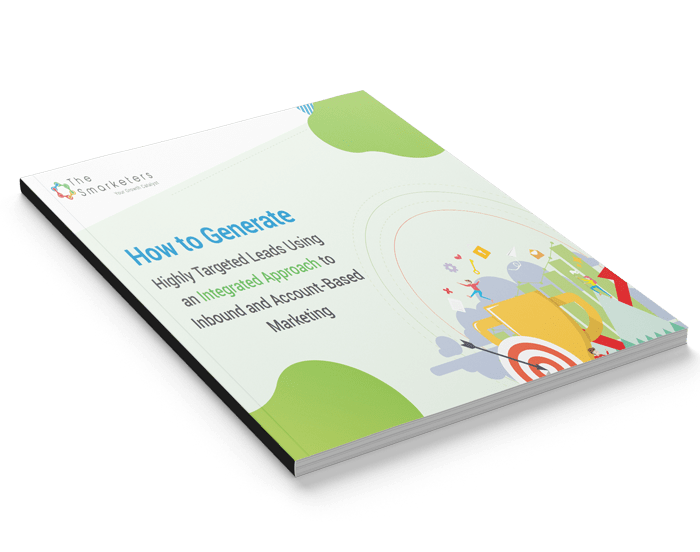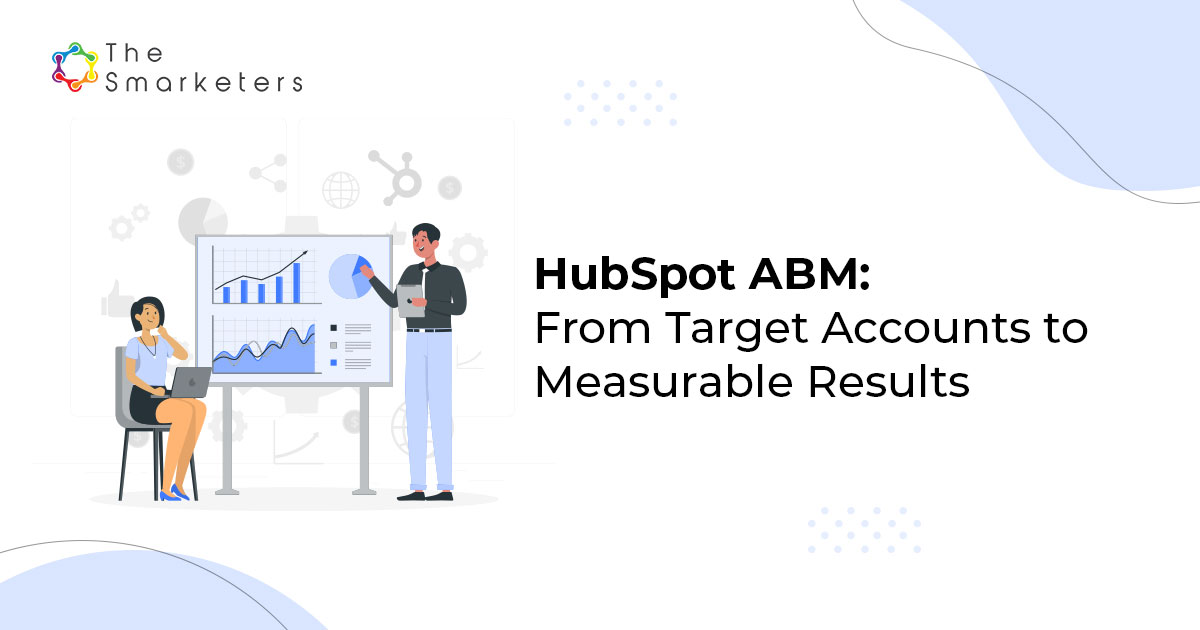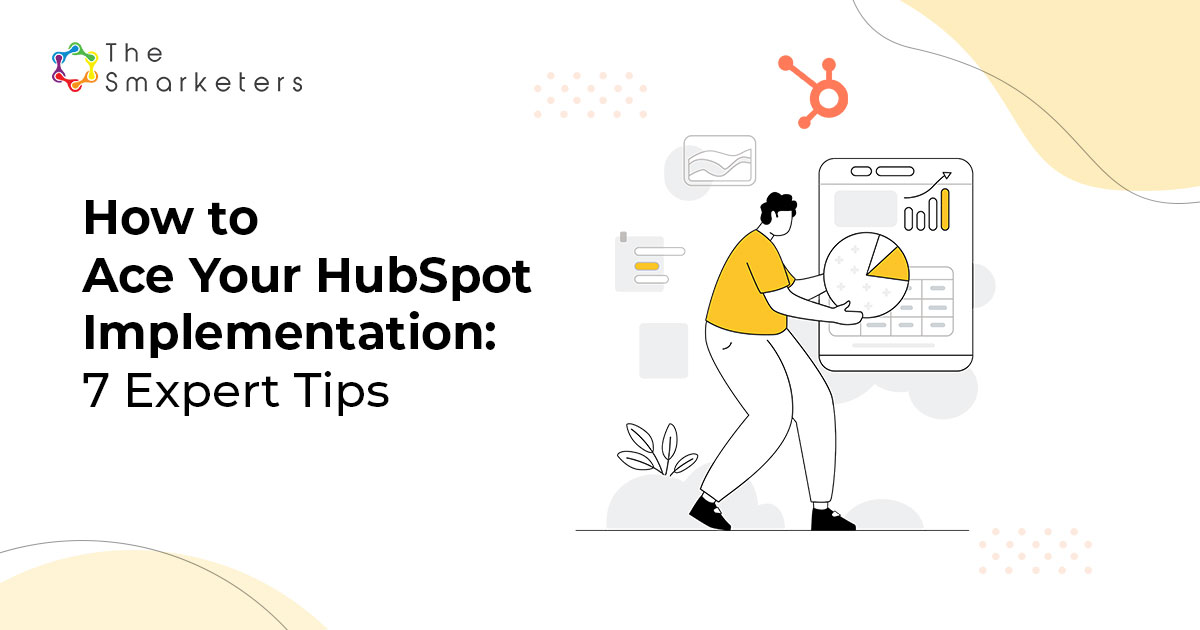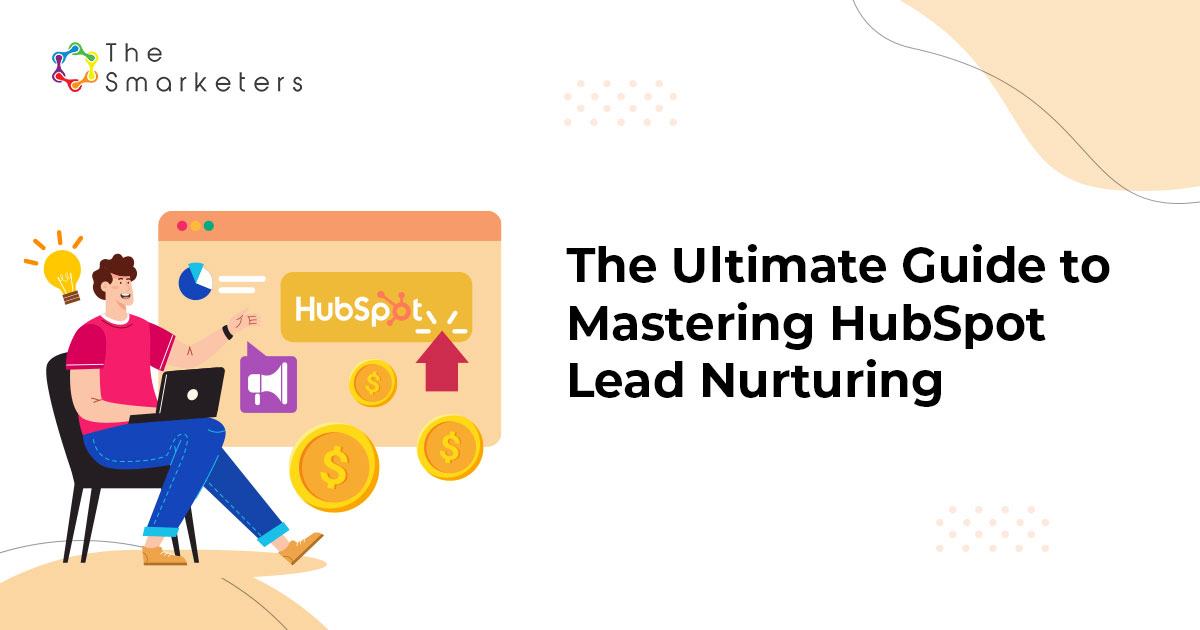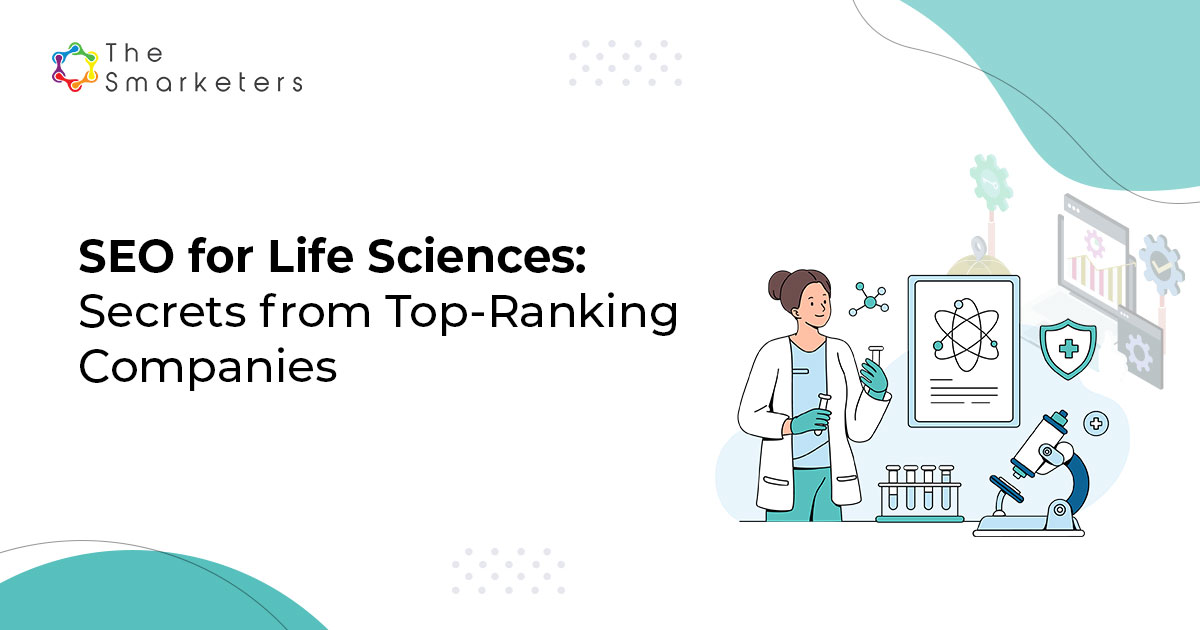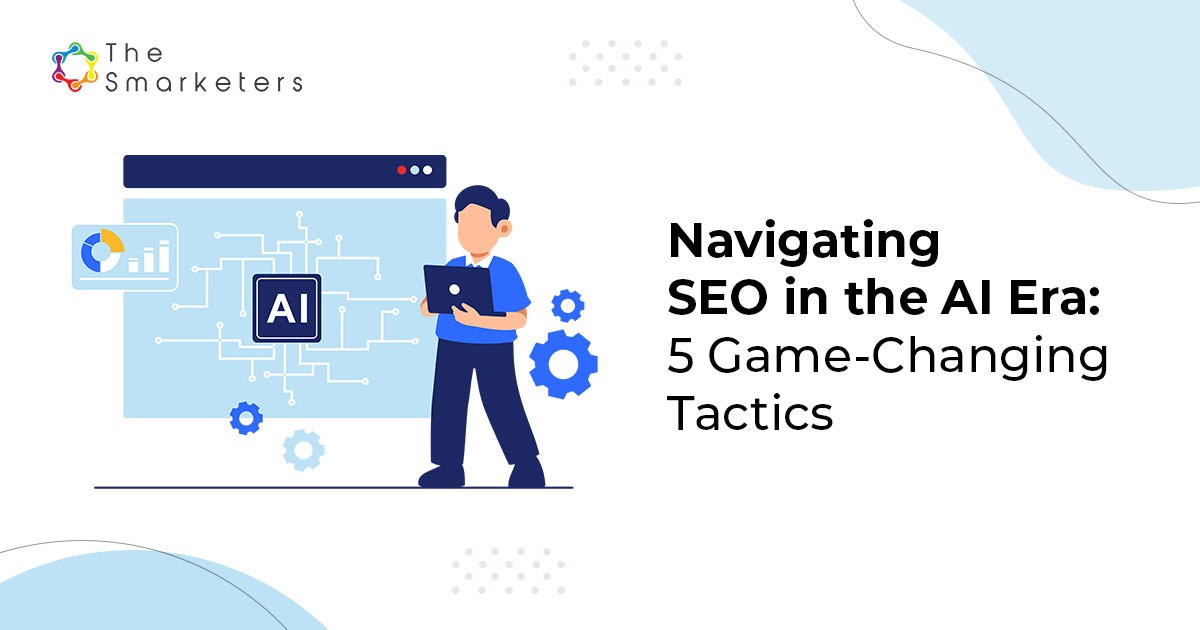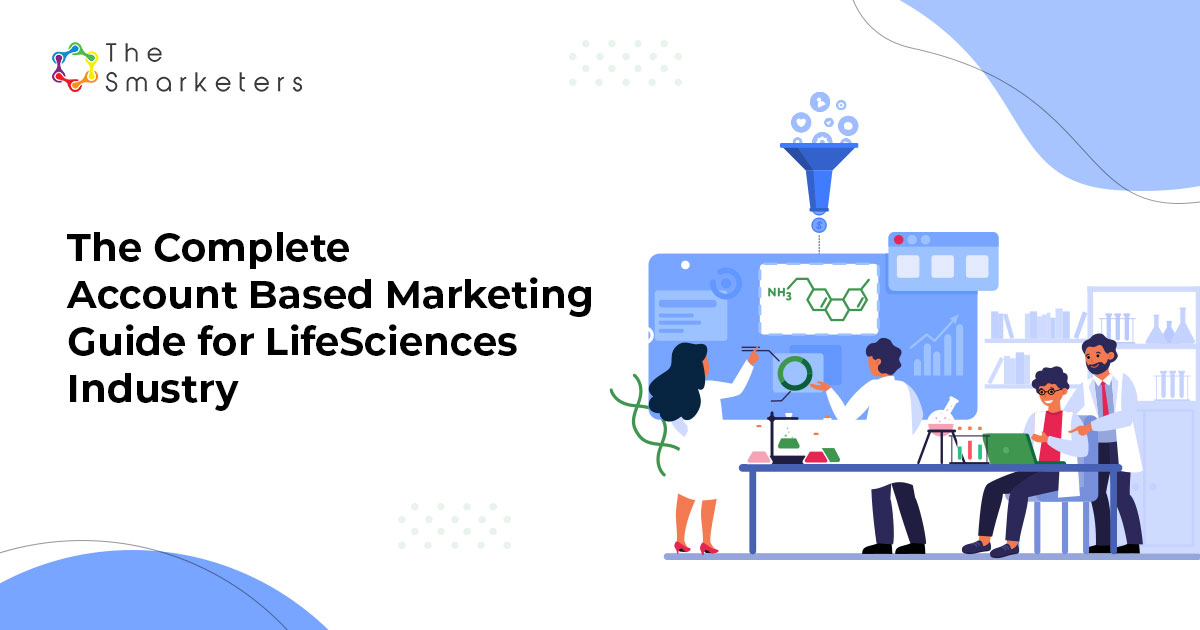Over the past few years, Account-Based Marketing (ABM) has gained momentum as an invaluable method for identifying and communicating with prospective customers. But why settle for good when you can have the best? That’s why many organizations are taking the next step towards Account-based Experience (ABX).
ABX is more than just the next-gen of ABM – it’s the key to driving performance for your B2B goals. While still in its nascent stages, now is the time to get ahead of the curve and embrace the future of marketing.
What is Account-Based Experience(ABX)? And why ABX matters?
Account-Based Experience (ABX) is a savvy method that blends account-based and inbound marketing to captivate and engage customers. The strategy relies on data, insights, and tailored interactions to deliver a relevant and trusted customer journey in B2B transactions.
Unlike traditional lead-focused methods, ABX targets all decision-makers, users, influencers, CFOs, and procurement departments across the buying team within the account. By prioritizing account-level engagement and orchestration, ABX addresses the needs and preferences of the entire buying team, making it a practical approach to driving customer satisfaction.
Modern customers are digital-savvy – they buy experiences, and how your brand interacts with them influence revenue, satisfaction, and retention. ABX is a holistic approach that combines sales and marketing to ensure a buyer’s journey flows seamlessly across channels and touchpoints and delivers maximum impact. Here’s a Guide to Account-Based Experience (ABX) and ways to bring the best out of it!
What is ABX Marketing?
For starters, ABX’s strategy recognizes that B2B companies are marketing and selling to accounts, not just individual leads. It emphasizes the importance of engaging with the entire buying team, consisting of an average of 11.4 people, in a B2B purchase decision. By doing so, ABX delivers relevant and trusted marketing and sales actions to target accounts.
The key to ABX’s success is using data and insights to identify valuable accounts and orchestrate targeted marketing and sales efforts. By ensuring engagement occurs at the right time when the buyers are interested, ABX avoids the generic and untimely outreach that customers dislike.
The ultimate goal of account-based experience for custom B2B marketing is to synchronize all aspects of the B2B customer experience, including marketing, sales, and customer service. By providing a consistent and high-quality experience tailored to each business, ABX aims to enhance customer satisfaction and build trust. So, if you want to revolutionize your B2B marketing strategy, try ABX!
ABM vs. ABX – How the Two Differ?
Traditionally, Account Based Management focuses on identifying valuable, right-fit accounts and attempting to engage with them. As the name suggests, the role of the Sales department isn’t prominent, and marketing and sales alignment often end after account selection, leading to disjointed and inconsistent customer experiences. Moreover, reaching out to target accounts when they are least interested in engaging with your business is never the best strategy.
So, does it mean it is time to bid farewell to ABM?
Certainly not.
Combining ABM with content marketing is the way to go for B2B marketing. While ABM matches companies with your ideal customer profile, content marketing helps create the most compelling content and communications to earn customer confidence at each stage of their journey.
ABM matches companies with your ideal customer profile, content marketing helps create the most compelling content and communications to earn customer confidence at each stage of their journey. This cutting-edge solution for B2B marketing forms the crux of ABX.
B2B buyers operate in a world of attention scarcity and info overload. That’s why brands must design highly targeted and unique ABX strategies that focus on the unique challenges and opportunities that ABM prioritizes – engaging the decision-makers and influencers of target accounts via a carefully concocted mix of data-driven content. This establishes trust, identifies the opportune moments to engage with your customers, and delivers meaningful interactions across sales, marketing, and customer success.
In the battle of ABM vs. ABX, ABM signifies the core concept of customer experience, whereas ABX harnesses the best practices of ABM and elevates them to a new level.
Implementing ABX Strategy – Key Characteristics
- All aspects of account engagement, including sales, marketing, and customer success teams, are unified by a shared strategy focused on maximizing value from the buyer’s journey.
- ABX ensures that all brand interactions are uniform and centered around the customer, avoiding random or disjointed customer engagement.
- ABX does not merely connect the buyer to the various touch points across their (Awareness, Engagement, Post-Sale, etc.) journey. It ensures that interactions across every touchpoint are meaningful, nurtures buyer relationships, and turn them into loyal B2B customers.ABX puts account characteristics, behavior, and other triggers at the heart of the company’s position across the buying cycle. Meanwhile, the stakeholders in the buying team determine the content and engagement strategy. It’s a powerful combination that drives engagement and boosts the buying experience.
- ABX combines AdTech and MarTech data to obtain actionable customer insights, identifying the ideal target within the buying group and designing the message, format, and type of content to maximize engagement.
- ABX leverages a combination of first-party and third-party sources to anticipate a prospect’s propensity to purchase. It examines the audience, market, and brand context to determine the buyer’s intent.
The Essentials of an ABX Strategy
- Personalized Customer Experience: Providing tailored experiences is the core of ABX. This approach involves defining the ideal customer profile (ICP), categorizing accounts based on relevance, and identifying the buyer personas. With such insights, custom messages can be effectively delivered to customers, shaping their entire journey.
- User-Generated Content: ABX’s strategy is heavily reliant on user-generated content. It consists of customer content that instills trust and credibility, including testimonials, reviews, or case studies. By adding authenticity, user-generated content resonates with potential buyers – a crucial aspect of ABX’s approach.
- Targeted within a Network: ABX is a vital tactic that targets specific accounts in a network, prioritizing high-value accounts. Whether it’s engagement throughout their lifecycle or ensuring on-point messaging at critical moments, ABX delivers results. Unleashing its full potential requires perfect alignment within the marketing, sales, and revenue operations teams.
- Marketing and Sales Alignment: Marketing and sales teams must be strongly aligned to implement ABX successfully. Essential ingredients include open communication, joint planning, and shared goals. The ABX strategy must flow seamlessly, integrating marketing and sales tools to enable timely and relevant communication with potential customers.
- Company-Wide Support: Embracing and supporting ABX throughout your organization is crucial to success. A champion, like your CMO or CRO, can help rally buy-in. Ensuring alignment and collaboration requires regular communication of key performance indicators (KPIs) and progress reports.
How can we help?
Indeed, ABX creates an immersive buyer journey that ensures customer satisfaction and brand loyalty, leads to higher ROI on account-based marketing and inbound marketing, and delivers consistent customer experience from the first interaction to a closed sale and much beyond.
At Smarketers, we implement an ABX strategy that combines the engagement capabilities of ABM with the precise targeting power of ABM to get B2B clients closer to their growth goals.
Our certified and trained team of ABM experts with over seven years of B2B marketing and sales experience can help you transform your approach to sales and marketing and maximize return on investment from ABX.
You can also schedule a personalized meeting with our ABX experts for more information!


